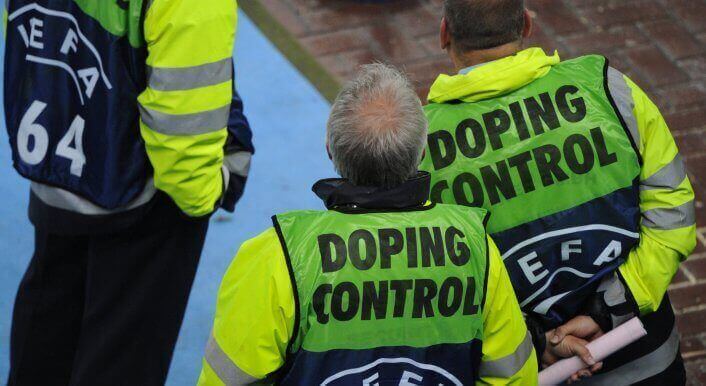Nine times blood-doping in Bundesliga?
A five year old study seems to contradict the whole Anti-Doping-Talk of German football officials: high blood values from the Bundesliga season 2008/2009 might indicate blood doping. The German football federation DFB says, the values can be explained by normal deviations. But as long as doping controls don't get better in the Bundesliga, doping is on the table.

The suspicious blood values were found in a study of Germanys team physician Tim Meyer. The study and a doctoral thesis on the same research was obtained by fussballdoping.de this week. DFB never tried to follow up on this high blood parameters, didn’t mention them in public and instead continued to say that blood doping in football makes no sense. This may now be disproved. For his study Meyer and his Co-Author Steffen Meister collected blood parameters from 18 different clubs in the first three divisions. Nine times they found hemoglobin values over 17 g/dl, eight times they found haematocrit values over 50%.
Here the most important issues in Screenshots:
Tim Meyer and how he evalues the high blood values in his own study:

“…can be indicative of recent erythropoietin abuse or blood doping.“
The summary of the hemoglobin values. A score over 17 counts as highly suspicious. In some sports this leads to a protection ban. Meyer found all in all nine values over 17.

The highest and lowest hemoglobin values at the four measuring points.
The summary of the haematocrit values. Here a score over 50 counts as highly suspicious. Eight scores over 50 were found.

The highest and lowest haematocrit values at the four measuring points.
Meyer says in an interview on the DFB website that nine suspicious values out of 966 samples would be a normal statistical deviation. Only one percent of all players were over the normal range of values, says Meyer. But Meyer isn’t telling the whole truth. First of all values of only 467 players went into the analysis of the study. Second the number of tested players changed every testing period. Translated into individuel players: Only 216 players were tested in the first phase, 323 players in the second phase. That said, nine high hemoglobin values and eight hematocrit values – all tested in the first two phases – get a new statistical importance.
Moreover the clubs participated voluntarily. Even individual players could decide against it. And the players knew when their blood was measured. Finally Meyer took only four values spread over a whole season. Theoretically doping athletes had a lot of possibilities to avoid the study or drop out after a first test with high values (the team physicians got to know the values a day or two after each test).
The doping experts Perikles Simon and Fritz Sörgel call these parameters as unusual high. You can find more on this topic in our article for the German news website Spiegel Online.



